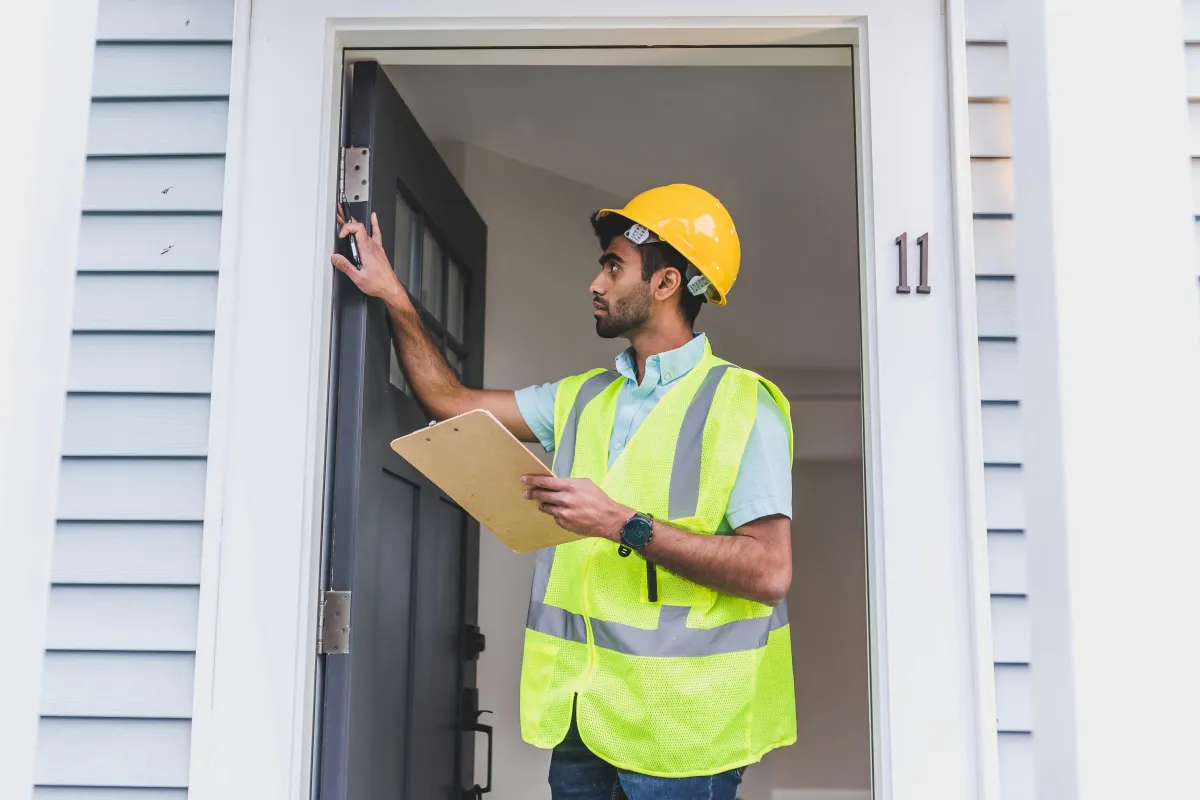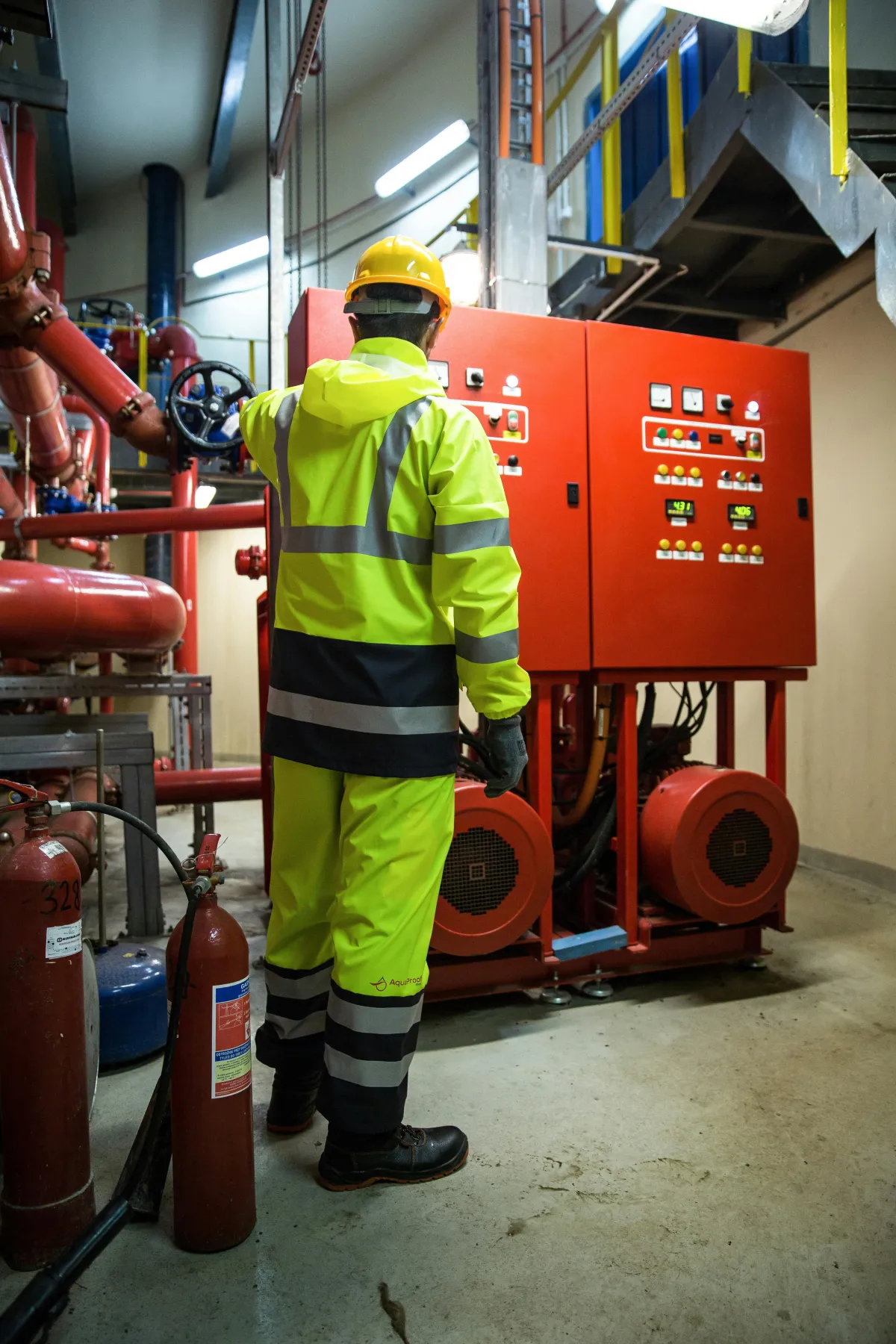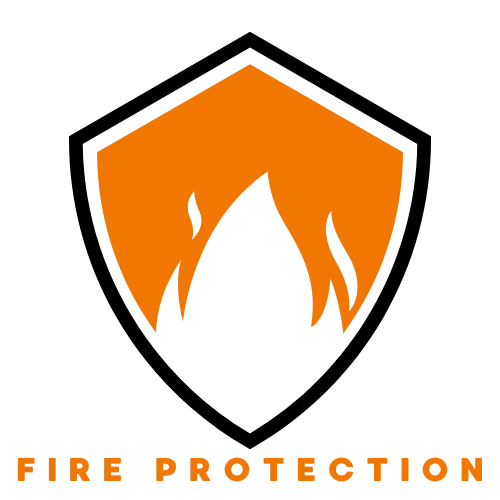Join the Safety Club.
Got questions?
We're here to help! Whether you need mantainance, a new installation, or an inspection, our team is ready to assist.
Get in Touch:
Phone: 082 212 7513
Email: [email protected]
Office Hours:
Mon-Sat @ 8am to 5pm
Sun CLOSED
Fill out this form, and we’ll get back to you as soon as possible.
SERVICE REQUEST DETAILS:

Fire Door Compliance
A fire door is more than just an entryway—it’s a barrier that saves lives."
Introduction
Fire doors play a crucial role in preventing the spread of fire and smoke in buildings. In South Africa, compliance with SANS 1253 and SANS 10400-T is mandatory to ensure fire doors meet safety standards. Failure to install and maintain fire doors correctly can lead to devastating consequences.
In this guide, we’ll break down fire door regulations, common compliance mistakes, and why fire door inspections are essential.

1. Understanding Fire Door Regulations in South Africa
Fire doors are designed to withstand fire for a specific period (e.g., 30, 60, or 120 minutes) to allow safe evacuation. South African regulations require businesses and property owners to ensure:
✅ Fire doors meet SANS 1253 standards.
✅ Proper installation by certified professionals.
✅ Routine inspections to ensure seals, hinges, and closures function properly.
✅ Regular maintenance to keep fire doors effective over time.
Non-compliant fire doors can lead to hefty fines and increased liability risks in case of fire incidents.
2. Common Fire Door Compliance Mistakes
Even with regulations in place, many buildings fail fire safety audits due to common fire door issues:
🚫 Wedges or door stoppers – Fire doors should always remain closed unless held open by an automatic release device.
🚫 Damaged intumescent seals – These seals expand in heat to block smoke and fire but lose effectiveness if damaged.
🚫 Incorrect installation – Gaps larger than 3mm around the door compromise its integrity.
🚫 Lack of regular inspections – Fire doors should be inspected every six months.
Avoiding these mistakes ensures your building remains compliant and safe.
3. The Importance of Fire Door Inspections & Maintenance
A fire door inspection involves checking:
🔍 Door frame integrity and proper fitting.
🔍 Intumescent seals for damage.
🔍 Hinges, latches, and self-closing mechanisms.
🔍 Gaps between the door and frame.
Regular fire door maintenance is key to ensuring compliance and safety.
4. Get Expert Fire Door Inspections & Installations Today
At Fire Protection, we offer:
🔥 Fire door inspections, repairs, and replacements.
🔥 Fire door installation for new and existing buildings.
🔥 Full fire compliance audits.
📞 Contact us today to book your fire door compliance check! 🚪🔥

POPULAR QUESTIONS
Get Answers to Your Questions
What is fire protection, and why is it important?
Fire protection refers to the systems, processes, and equipment used to prevent, detect, and suppress fires. It is critical for safeguarding lives, property, and businesses from the devastating effects of fire. Effective fire protection ensures compliance with fire codes, reduces risk, and minimizes property damage.
What fire protection services do you offer?
We offer a wide range of fire protection services, including:
Fire risk assessments
Fire alarm installation and maintenance
Fire door inspection and maintenance
Fire suppression systems installation
Fire stopping and compartmentation solutions
Emergency lighting installation and maintenance
Fire safety training and consultation
How often should fire extinguishers be inspected and serviced?
Fire extinguishers should be inspected monthly to ensure they are in proper working order. In addition, they must undergo a professional service and maintenance check at least once a year, or more frequently if required by local regulations or usage conditions.
What are fire doors, and why do I need them?
Fire doors are specially designed doors that help prevent the spread of smoke and fire throughout a building. They are essential for protecting escape routes, ensuring that occupants can safely evacuate in the event of a fire, and limiting damage to property. Regular inspections and maintenance are necessary to ensure fire doors perform as intended.
How do I know if my building is fire code compliant?
To determine if your building is fire code compliant, you should conduct a fire risk assessment and have a fire protection expert perform a thorough inspection. This will ensure that all safety measures, such as fire alarms, sprinklers, fire doors, emergency exits, and fire extinguishers, meet the requirements set by local and national fire codes.
What should I do if I discover a fire hazard in my building?
Passive fire protection (PFP) refers to the use of fire-resistant materials and design strategies to prevent the spread of fire and smoke throughout a building. Examples include fire-rated walls, fire doors, and fire-resistant insulation. PFP helps contain a fire, allowing more time for evacuation and minimizing overall damage.
How often should fire drills be conducted?
Fire drills should be conducted at least twice a year to ensure that employees and occupants know how to respond in the event of a fire. More frequent drills may be necessary for certain businesses, such as those with high-risk operations or large numbers of people.
